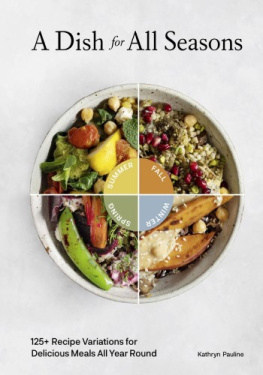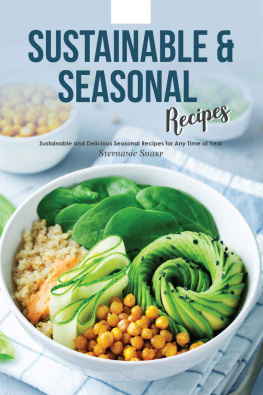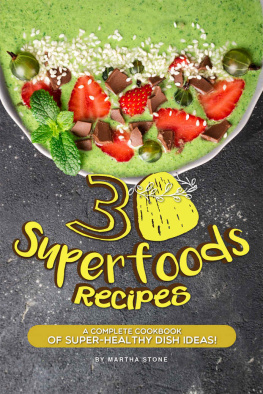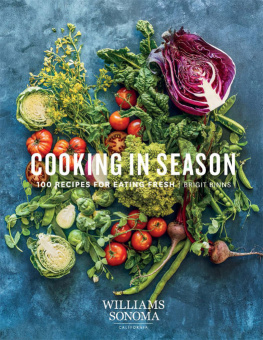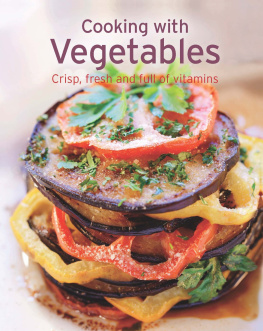Copyright 2022 by Kathryn Pauline.
All rights reserved. No part of this book may be reproduced in any form without written permission from the publisher.
Library of Congress Cataloging-in-Publication Data available.
ISBN 978-1-7972-0772-8 (epub, mobi)
ISBN 978-1-7972-0771-1 (hardcover)
Design by Lizzie Vaughan.
Typesetting by Frank Brayton.
Typeset in Fouriner and Neurial Grotesk.
Din Tai Fung is a registered trademark of Din Tai Fung USA. Jell-O is a registered trademark of Kraft Foods Group Brands LLC. Jolly Ranchers and Milk Duds are registered trademarks of Huhtamaki Finance B.V. LLC. Laughing Planet Cafe is a registered trademark of Laughing Planet Industries LLC. Moosewood is a registered trademark of Moosewood, Inc. Monterey Bay Aquarium is a registered trademark of Monterey Bay Aquarium Foundation. Oreo is a registered trademark of Nabisco Brands Company. Pop-Tarts is a registered trademark of Kellogg North America Company. Vidalia is a registered trademark of Georgia Department of Agriculture. Wonder Bread is a registered trademark of Flowers Foods, Inc.
Chronicle books and gifts are available at special quantity discounts to corporations, professional associations, literacy programs, and other organizations. For details and discount information, please contact our premiums department at or at 1-800-759-0190.
Chronicle Books LLC
680 Second Street
San Francisco, California 94107
www.chroniclebooks.com

TABLE OF CONTENTS

INTRODUCTION
When I first started cooking, I aspired to shop for seasonal produce and cook with the intuitive confidence of a professional chef, but this was easier said than done. If youve ever seen an interview with a famous chef, you probably know just what Im talking about: So, how do you think of ideas for all your fabulous recipes? Oh, I just go to the market and see what looks good.
I was twenty the first time I heard someone say this. At the time, I had a little one-bedroom apartment to myself, and Id spend many twee Saturdays walking to the farmers market to see what looked good for myself. Id come home with a bunch of tomatoes, zucchini, mushrooms, and Swiss chard, and I would cook them the only way I knew how: coat them in olive oil, sprinkle them with salt and pepper, and roast them. They were delicious, and I basked in my small triumph.
After a while, I got a little bored of my whole inspired-chef schtick. I mean, surely Ina isnt just roasting every single thing she brings home from the farmers market, right? So I decided to switch over to actual recipes for a while to build my repertoire.
In the years following those one-bedroom farmers market days, my then boyfriend (now husband) and I moved in together, got married, and eventually started hosting Thanksgiving at our place for our grad school friends. For our first Thanksgiving, I planned a French- and Italian-inspired menu and decided to make some sweet potatoes coated in homemade basil pesto.
I went from store to store, searching for enough reasonably priced fresh basil to feed the whole gang, and realized that if I were to buy the amount called for, I would have to spend a small fortune on a dozen tiny bunches of hydroponic basil. I had gotten used to the $3 pageant-sized bouquets I bought at the farmers market all summer (and the bunches gardening friends would occasionally leave at our doorstep), and I assumed I would find the same in November.
If youve done any gardening at all, my mistake is probably pretty obvious: When you live in a temperate climate, fresh basil is not a Thanksgiving-friendly ingredient. I learned an important lesson that day: Being a good cook is all about knowing how to adapt your plan to make use of whats in season, because in-season produce tends to be the best quality, the least expensive, and the easiest to find.

Ive cooked many more meals in the years sinceIve made two international moves, worked in a commercial kitchen, written hundreds of recipes mostly from a twenty-eight-square-foot room with no dishwasher, won a Saveur award for my blog Cardamom and Tea , traveled a bunch, and written this cookbook.
Because of this, I can now truly go to the market and see what looks good, then go home and make a delicious gratin, galette, or whatever strikes my fancy. This is partly because Ive learned what to expect at farmers markets and grocery stores at different times of the year; but Ive also learned the real secret to on-the-fly seasonal shopping: Build a repertoire of easily adaptable recipes to use with whatever produce you find.

This cookbook celebrates this type of seasonal improvisation. With twenty-five adaptable base recipes, one hundred variations, and lots of bonus content, youll learn to think on your feet, use what you have, and find inspiration in the present moment.
Each base recipe comes with instructions for changing things up to suit the season and your own personal tastes. Plus, each base recipe is followed by four seasonal variations, so you can always find something delicious to make, whether you feel like doing your own thing or following a composed step-by-step recipe.
Once you have the tools to adapt any recipe to suit the time of year, seasonal cooking becomes second nature, and youll no longer spend long winters pining for those well-loved tomato-stained pages. Make what you want when you want it with what you have.

HOW TO USE THIS BOOK
This book does things differently from most seasonal cookbooks. Rather than dividing recipes into four or five seasonal chapters, its organized like a conventional cookbook, with everything divided into dishes and meals, so you can flip through and see what strikes your fancy. Youll find the seasonal varieties distributed throughout the entire book. Above all, remember that no page is ever off-limits, no matter the time of year. Whether you plan to use the base recipes or the seasonal variations (or both), you can put this book into practice in a number of ways.
How Its Organized
- There are twenty-five base recipes so you can learn how to make some of your favorite dishes with whatever seasonal ingredients youd like.
- Each of these twenty-five guides comes with four seasonal variations (plus a few bonus recipes and many grid variations), for more than one hundred and twenty-five total recipes.
- Most of these seasonal variations include additional tips for changing things up for different seasons and tastes, and there are many opportunities to borrow components of one recipe to use in another.
Ways You Can Use This Book
There is more than one right way to use this cookbook. There are those who appreciate the structure and promise of a conventional recipe. On the other hand, there are those who have fun only when theyre improvising. Whether youre meticulous, free-spirited, experienced, or still finding your footing, you'll find something here for you.
Lets say you want to make an upside-down cake and its the middle of summer. Here are a few ways you might go about doing so:
Next page
